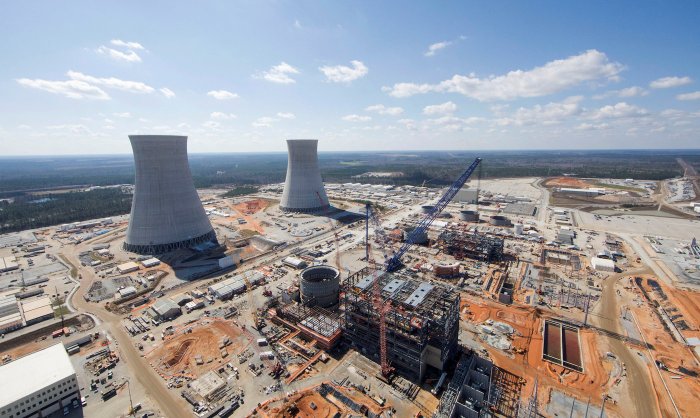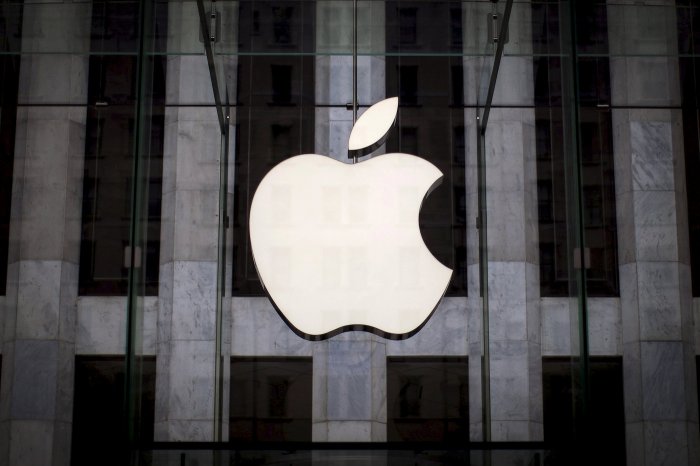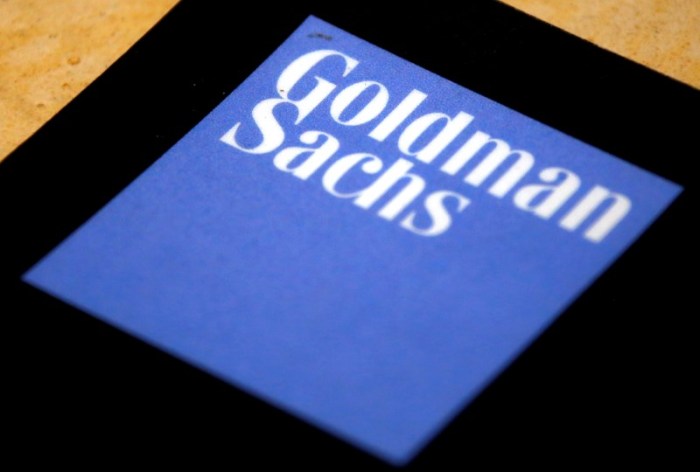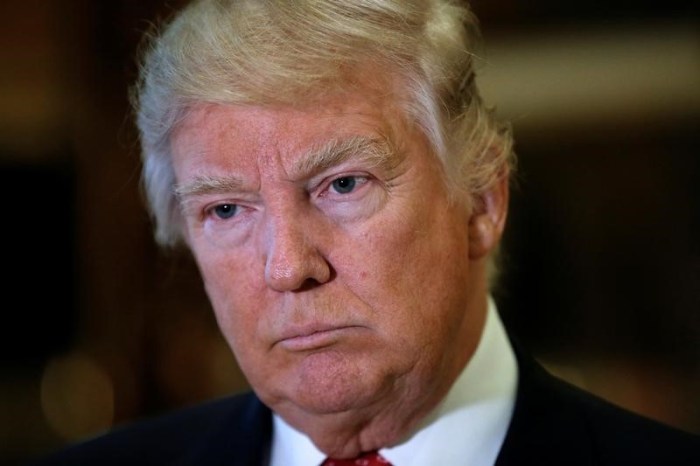By Pamela Barbaglia and Anjuli Davies
LONDON (Reuters) – Italy’s troubled lenders are offering lucrative opportunities for investment banks, with Monte dei Paschi di Siena The emergency deal, orchestrated by Mediobanca and JPMorgan, to save the 544-year-old bank, will incur about 250 million euros ($278.43 million) in underwriting fees for a proposed 5 billion euro capital hike, according to three sources involved in the deal. That comes on top of nearly 400 million euros the bank has paid in the past two years for other capital hikes.
There is no certainty the proposed rescue plan will proceed, but if it is carried out successfully, investment banks working with Monte dei Paschi will have generated a payday of close to 1 billion euros over the past three years, though the bank’s market value currently stands at 747 million euros. “The scale of fees that potentially are there in the Italian banking market – from restructurings and consolidation – are substantial,” said Peter Hahn, professor of banking at the London Institute of Banking & Finance. Monte dei Paschi emerged as the worst performer in European stress tests on July 29 and Italy’s largest lender, UniCredit Monte dei Paschi’s poor showing in the tests – which predicted its capital would be wiped out if there was a severe economic downturn – came despite it tapping investors for cash twice since 2014. Last year the bank paid 130 million euros to a pool of banks for a 3 billion euro cash call. In 2014 it spent more than any other company in Europe on investment banking fees, paying advisers nearly $304 million for its 5 billion capital hike, according to Thomson Reuters data. By contrast Deutsche Bank A spokeswoman for Monte dei Paschi declined to comment for this story.
If successful, the bank’s rescue plan will see even higher fees as it involves the creation of a special purpose vehicle (SPV) to hoover up Monte dei Paschi’s bad loans.
That part of the plan could net banks up to 300 million euros, sources said, pointing to the need for a 6 billion euro syndicated bridge loan to provide financing to the special purpose vehicle to begin buying up the debt. A bridge loan – which Monte dei Paschi said in its turnaround plan is a possibility – is seen by sources as inevitable since the timetable to split the Tuscan lender into a good and bad bank and simultaneously raise cash is too tight. Monte dei Paschi and its global coordinators JPMorgan and Mediobanca aim to carry out the cash call by the end of the year, most likely in November, the sources said.
JPMorgan and Mediobanca declined to comment for this article.
RISKY DEAL
The large bill reflects the risk that the deal will not happen because investors are reluctant to sign up to the capital increase due to Monte dei Paschi’s history of failed turnaround plans, uncertain market conditions and fear of increased exposure to the euro zone’s third largest economy. “It is way more expensive than any other equity capital markets (ECM) deal in Europe because of the risk profile of the transaction,” said a London-based analyst who stressed the “country risk” adds to the operational complexity of the transaction. The bank has said it would plug capital shortfalls and restore its health by splitting into a good and bad bank. The plan envisages the sale of 9.2 billion euros in bad loans and a 5 billion-euro capital increase. But none of the dozens of banks contacted by the troubled lender in recent weeks to form an underwriting consortium have made firm commitments to guarantee its proposed 5 billion euro cap hike, sources said. Mediobanca Chief Executive Alberto Nagel said on Friday “this is a pre-underwriting agreement which by definition is not a hard underwriting and is not a commitment.”
The lack of commitment means the plan can still fall apart.
Any failure of the world’s oldest bank would damage the entire Italian banking system and could spark contagion across Europe so Prime Minister Matteo Renzi’s government has pressured Italian and international investment banks to make the rescue work, sources said. A spokesman for the Italian government, however, told Reuters he was not aware of any pressure on banks.
The government does not want to mount its own rescue because European rules say this would mean imposing losses on bondholders and depositors above 100,000 euros.
The absence of financial support from the government also pushes up the size of the fees. Freeman consulting estimates the fees will be between 2.5 and 4 percent of the overall equity raised compared to 0.5 to 1 percent if the government were to intervene. Adding to the overall uncertainty in Italy is a referendum on constitutional reform that Renzi called for October. He has said he will stand down if he loses support – a gamble that could revive market turbulence in Italy just before the planned November cash call. FIGHTING FOR BUSINESS
For large investment banks Monte dei Paschi is seen as a portal to other lucrative deals including the upcoming capital hike for UniCredit.
“Industries that restructure and reconfigure create lots of fees and it’s important to be there,” said Hahn.
Until June, UBS and Citigroup had acted as Monte dei Paschi’s main advisors. For the past two years they have tried to find the bank a merger partner without success.
The Swiss bank, under its charismatic investment bank president Andrea Orcel, also acted as global coordinator for Monte dei Paschi’s previous capital hikes in 2014 and 2015.
However JPMorgan, whose lending, trading and investing activities in Italy amounted to $6.8 billion in 2015, won government’s support for its rescue plan in July, along with Mediobanca, after its chief executive Jamie Dimon met Renzi in Rome, sources said. As a result, the U.S. bank – which has Italy’s former finance minister Vittorio Grilli as chairman of its corporate and investment bank in Europe, the Middle East and Africa – will be one of the top earners in Monte dei Paschi’s overhaul if the plan goes ahead, sources said. It has offered to arrange a 6 billion euro syndicated bridge loan to help Monte dei Paschi gain breathing space to engineer the securitization of its bad loans while seeking to raise cash.
Banks which sign up to the loan will end up holding chunks of Monte dei Paschi’s debt if they fail to find investors – a risk that JPMorgan boss Jamie Dimon says he is willing to take. “If we could pull something like that off, that would be great for Italy,” he said in a CNBC interview.
(Additional reporting by Silvia Aloisi and Giselda Vagnoni; Editing by Anna Willard)
Monte dei Paschi woes add up to large fees for investment banks
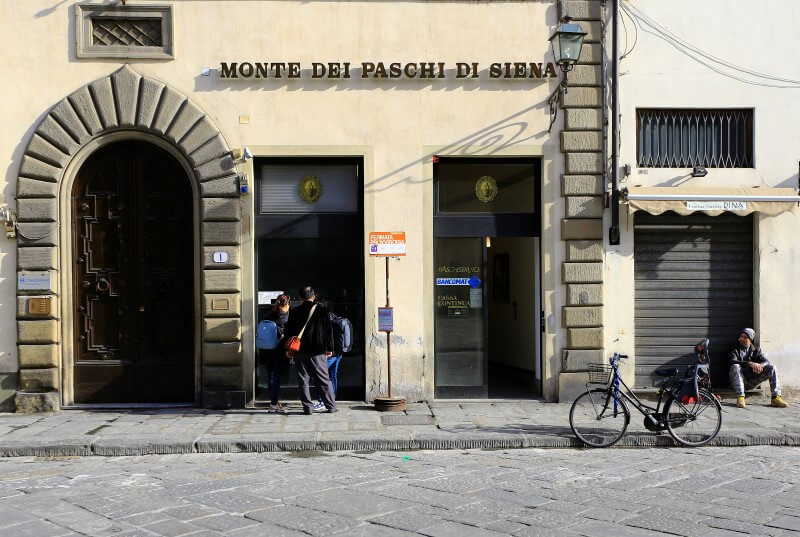
By Pamela Barbaglia and Anjuli Davies









